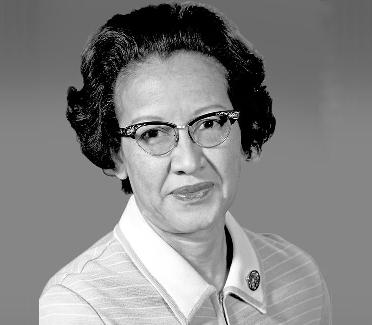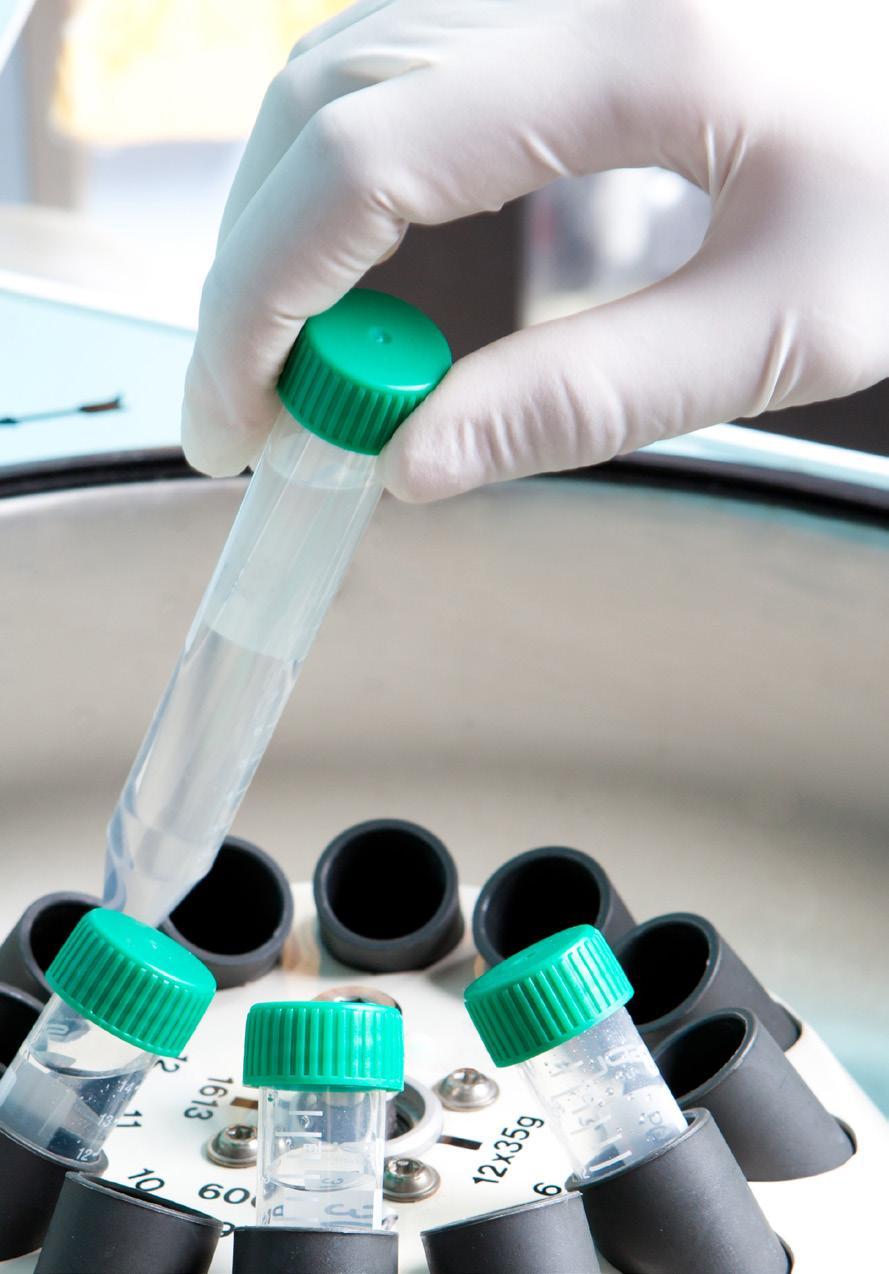
4 minute read
WOMEN IN SCIENCE
Jocelyn Robles
B.S. in Biotechnology is currently a Study Start Up and Study Closure Especialist at CidVID.
Advertisement
As a girl, I was always surprised that I heard more men’s names than I did women’s. As a woman in science, it bothers me. For while it is true that less than 30% of the world’s researchers are women, there are some amazing women scientists out there, whose names you might never have heard before. There are countless inspiring women who have made historic contributions to the field of science and who have helped us make sense of the world we live in.
Women may still face various obstacles in pursuing science and technology, but one thing we can be certain of is that we’re much better off than just a century ago. This is all thanks to the women who have paved the way for the rest of us.
Here are some of the many inspiring women that have changed the scientific world:
1.Jennifer DouDna (b. 19 February 1964)
Let’s start with a modern scientist: Doudna is an American biochemist. Her name may not be familiar to you, but the technology she helped develop most definitely is: CRISPR-Cas9. She became a leading figure, along with Emmanuel Charpentier, in the “CRISPR Revolution,” after they proposed using CRISPR-Cas9 for programmable editing of genomes. In June of this year (2020), she will be awarded the Wolf Prize in Medicine, an international award for outstanding contributions to humanity.
2.GertruDe B. elion (23 January 1918–21 February 1999)
Going a bit back in time, we have another American biochemist and pharmacologist. Elion is credited with the following inventions: Mercaptopurine (Purithenol), the first treatment for leukemia, also used in organ transplantation; Azathroprine (Imuran), the first immunosuppressive agent used for organ transplantation; and Nelarabine, used for cancer treatments. In 1988, she shared the Nobel Prize in Physiology or Medicine with George H. Hitchings and Sir James Black for their use of innovative methods of rational drug design for the development of new drugs. These new methods focused on understanding the target of the drug rather than simply using trial and error. Elion’s work led to the creation of the AIDS drug AZT. She worked for organizations such as the National Cancer Institute, the American Association for Cancer Research, and the World Health Organization, among others.
3.MarGareta. liu(b. 11 June 1956)
Liu is a researcher who studies gene expression, immune responses, and vaccines. She is the founder of research in the field of DNA-based vaccines and was the first researcher to provide evidence that gene-based immunization could protect against infectious diseases, such as influenza, tuberculosis, HPV, and HIV. In addition to her work with animal models, she has been involved with the first trial of gene-based influenza vaccines in humans. Discover magazine recognized Liu in 2002 as one of the 50 most important women in science.
4.Maxine SinGer(b. 15 February 1931)
Singer is a molecular biologist and science administrator, as well as a leader who has always stood up for the cause of women and minorities in science. She is known for her contributions to solving the genetic code, through her work with Leon Heppel on the role of enzymes that regulate synthesis of nucleic acids. Singer’s research has also included the study of chromatin structure and genetic recombination. She has been influential in refining science policy by raising concerns, when she was the cochair of the Gordon Conference in 1973, about potential health effects and risks in the relatively new field of recombinant DNA technology. She introduced the First Light project, a science education program for elementary school students in Washington, D.C. that seeks to improve mathematics and science education in schools. In 2002, Discover magazine named her one of the 50 most important women in science.
5.Vera ruBin (July 23, 1928–December 25, 2016
Rubin was an astronomer who pioneered work on galaxy rotation rates. She identified the discrepancy between the predicted angular motion of galaxies and their observed motion by studying galactic rotation curves. This phenomenon became known as the galaxy rotation problem and provided evidence for the existence of dark matter. While it was initially met with skepticism, her work has been confirmed in subsequent decades. The New York Times described her legacy as “ushering in a Copernican-scale change” in cosmological theory. She spent her life as an advocate for female astronomers and was known for
her mentorship of aspiring young women in the field. Rubin is the first woman to have a large observatory named after her: the National Science Foundation’s Vera C. Rubin Observatory.
We have only managed here to scratch the surface of some of the amazing women who have helped pave the way through several generations for women seeking to find themselves in science. One way we can thank them for the work they have done is by learning their stories and by working to make the world of science a more welcoming one for women and minorities everywhere.
“Don’t let anyone rob you of your imagination, your creativity, or your curiosity. It’s your place in the world; it’s your life. Go on and do all you can with it, and make it the life you want to live.” ―Mae Jemison











